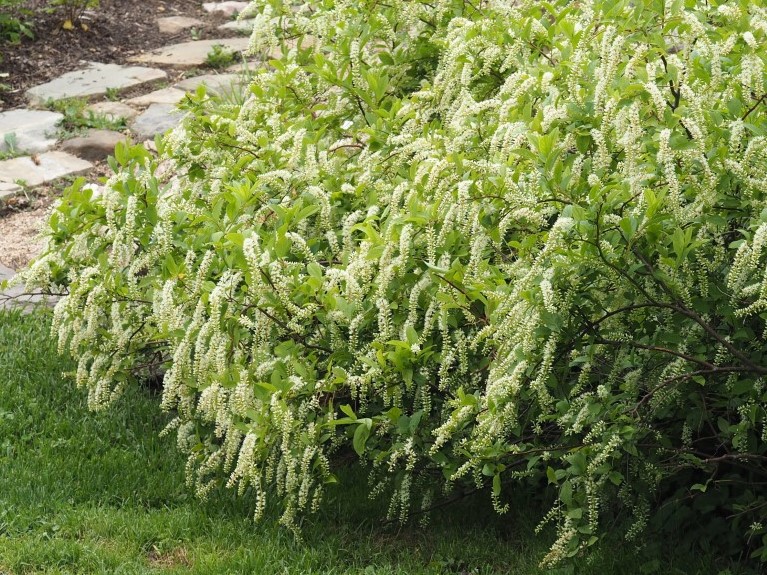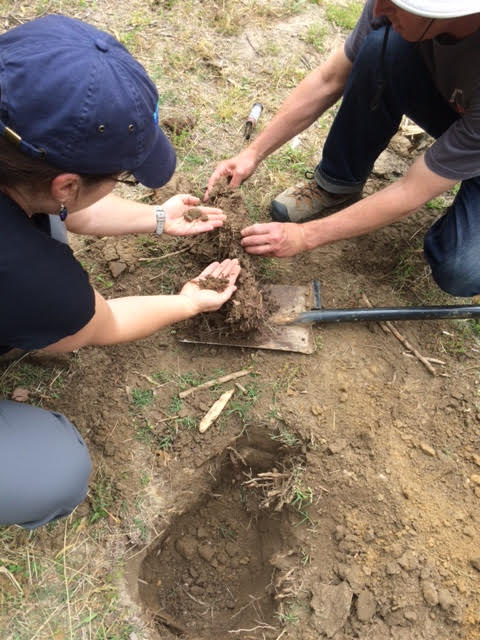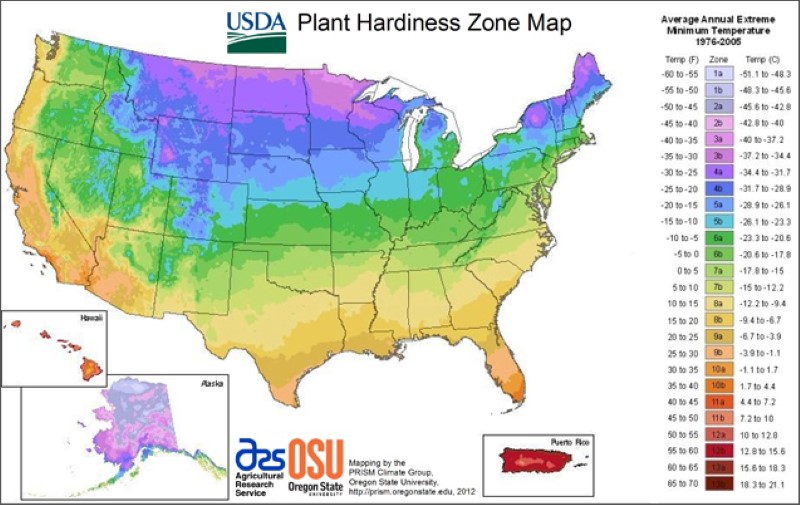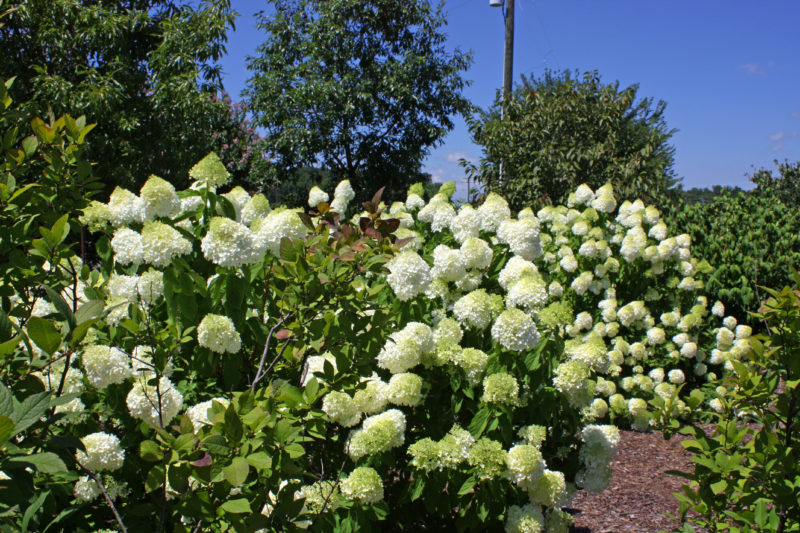Environmental Factors and Plant Placement
Earth, air, fire, and water. These four classical elements correspond to the four most important environmental factors we thoughtfully consider and manage in every successful landscape: soil, temperature, sun, and water. Understanding the balance of these four elements in your outdoor space will help you choose the right plants that will flourish and thrive without the need of additional water or insecticides, which is the first step in growing a sustainable garden.
Soil
Most plants do best in well-drained, evenly moist soil that is slightly acidic. Our notoriously clay-filled soil in Northern Virginia certainly meets the general need for acidity. However, in the construction of our neighborhoods, we bring the hardest clay to the top layers of the soil. As a result, to create ideal growing conditions, we amend our clay soil with organic matter. This increases drainage and moisture retention so that plants can establish roots quicker, equipping them to withstand temperature extremes as the seasons change.
Temperature
Soil type is fairly uniform throughout the northern Virginia region, but air temperatures range widely. Travelling east from the Blue Ridge, through the Piedmont into the area around Falls Church, the elevation drops as the mountains give way to the coastal plain. As a result, gardeners in our region may be in one of several hardiness zones – regions assigned by the USDA according to the average minimum temperature expected in the winter. These zones are widely used in horticulture as a guideline for choosing plants that can survive in the landscape. Higher numbered zones have warmer climates, and lower numbers have cooler climates. People living out west might be in zone 6, while people closer to Washington, DC will be closer to zone 7.
Visit the US Department of Agriculture to learn more about your neighborhood’s hardiness zone.
While our regional hardiness zones serve as a general guideline, remember that environmental factors can create warmer and cooler spaces in our gardens that enable plants to grow outside of their usual hardiness zones. For example, camellias and gardenias are rated for zones 7 and above; but anyone in the cooler end of zone 7 or zone 6 may still be able to have these beautiful plants! Plant them close to your house to protect them from winter winds. The warmer temperatures of a sheltered space next to a home is just one example of a microclimate.
Sun
Sun exposure can be the most confusing environmental aspect to understand.The light requirements found on plant labels generally fall within a recommended range that can seem vague or confusing to beginner gardeners.
To demystify these labels, here is some more information on the most common sun requirements:
- Full sun means that an area receives 6 hours or more of direct sunlight.
- Part sun means an area receives 2-6 hours of direct sunlight.
- Part shade receives 2-3 hours of sun per day or less, but indicates that the sun should be dappled, or filtered through the canopy of a tree.
- Shade is anything less than 2 hours of direct sun.
While these labels address duration of sunlight, they do not address intensity. The eastern sky provides the ideal sunlight. The less intense morning sun brings cooler temperatures, while the southern and western skies give the hottest, most intense sun of the afternoon. Delicate plants will prefer the cooler morning sun, while heat tolerant plants will do fine in hotter temperatures of southern and western exposure.
If you are not sure how much sun the area you will be planting in receives or when it will receive it, try staking a white paper plate into the ground and checking it periodically throughout the day to get an idea of how much direct sunlight is shining on the plate.
Water
Water is life, but the most important part of watering is to remember to never water a plant unless it needs it.
You can see our proper watering guidelines for more information.
Soil drainage and the amount of sun a location receives both affect the amount of water needed in an area and the types of plants that will thrive in it. Some plants are unable to tolerate poorly draining soil—which is why gardeners talk about plants not liking “wet feet.” While it is certainly possible to amend your soil to improve drainage, it may be easier to select plants which can handle that soil type. Sweetbay Magnolia or Inkberry holly are great choices.
If you have questions, come see us!
Understanding the basic conditions that affect plant health is the first step toward growing a sustainable, low-maintenance garden. A happy plant is a healthy plant, so it is important to know the balance of these elements in your own garden so your plants will thrive. As always, our experts at Merrifield Garden Center are always here to help you make the wisest plant selections for your garden.





